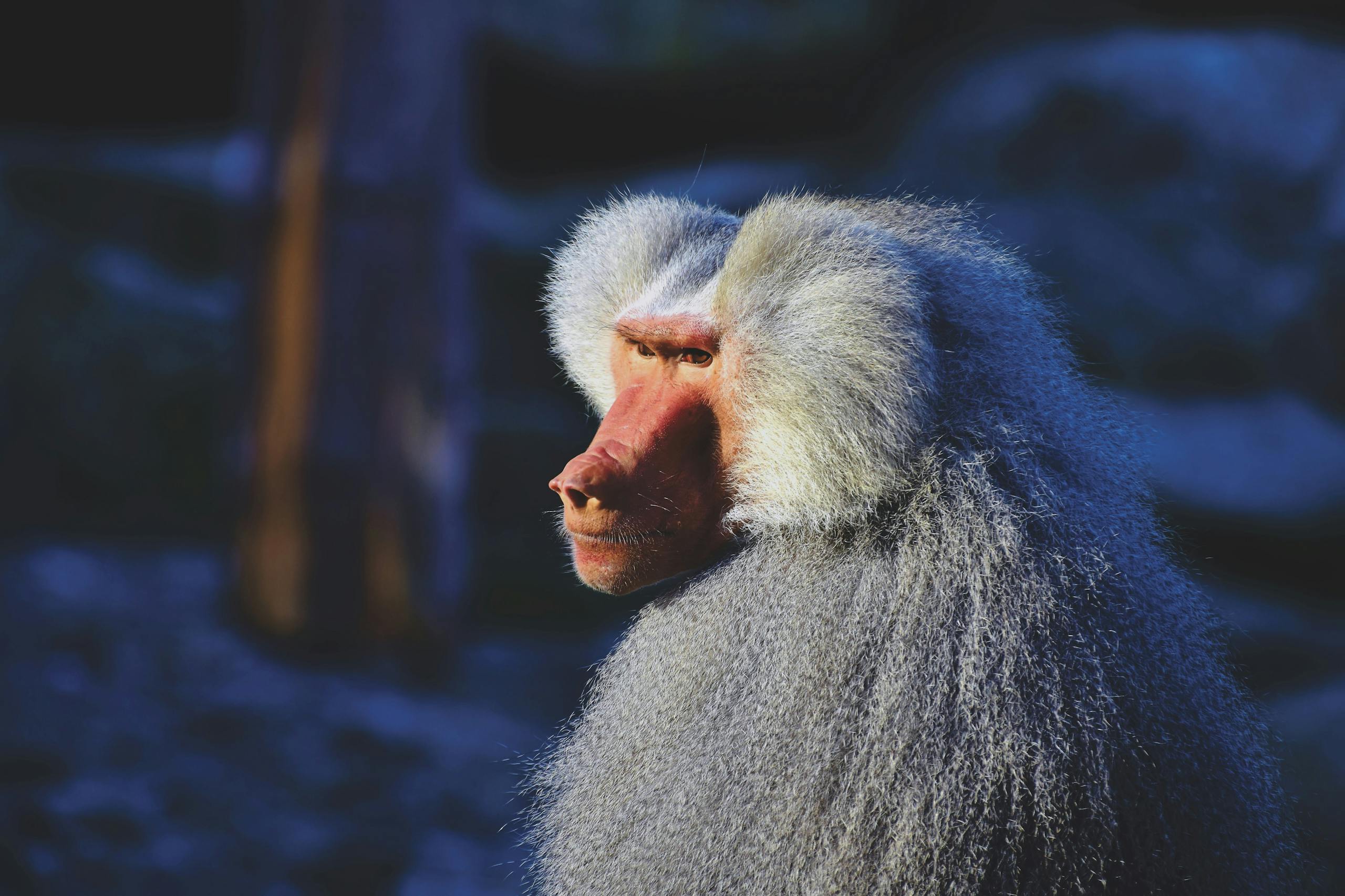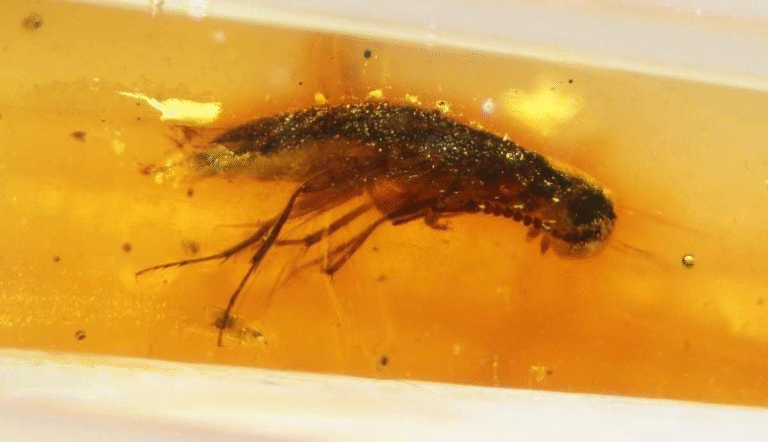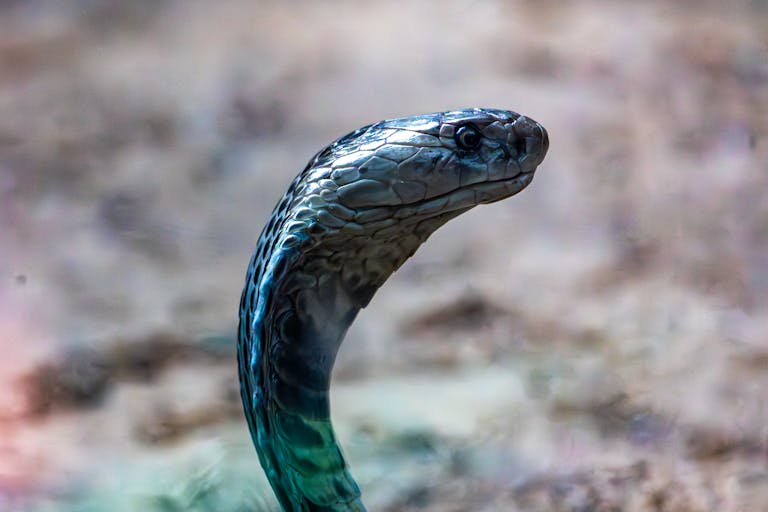Why Baboons Travel in Line – A Curious Case of “Social Spandrels”

Have you ever watched a group of animals moving together and wondered how they decide who goes where?
In the case of chacma baboons, those long, single-file lines they form during group travel might look highly strategic—perhaps to protect the vulnerable or let leaders lead. But a fascinating new study suggests that their travel patterns might not be deliberate at all.
Instead, these organized formations may simply be a by-product of their social relationships—a phenomenon researchers are calling a “social spandrel.”
Let’s dive into what that means and why it challenges decades of assumptions about group behavior in the wild.
Baboons on the Move
The study, published in Behavioral Ecology, was led by researchers from Swansea University, the University of Cape Town, and other collaborators. They used high-resolution GPS tracking on a troop of chacma baboons living near Cape Town, South Africa. Over 36 days, they recorded 78 group progressions, which are coordinated, linear movements where the baboons travel from one location to another.

Previous theories assumed that baboons might arrange themselves in these lines for survival reasons. But this team set out to test four specific hypotheses:
- Risk Hypothesis – Vulnerable members (like infants or subordinates) stay in the middle to avoid predators.
- Competition Hypothesis – Subordinates move to the front to access food first.
- Group Decision-Making Hypothesis – Dominant individuals lead from the front.
- Social Spandrel Hypothesis – The order is not strategic at all, but simply reflects social bonds.
So, what did they find?
It’s Not About Risk, Food, or Leadership
Interestingly, the data didn’t support the first three ideas.
- Males weren’t more likely to guard the edges, as the risk hypothesis predicted.
- Subordinates didn’t consistently lead the pack to grab resources first.
- And dominant individuals didn’t position themselves at the front, even though previous work showed they often initiate group movements.
Instead, the baboons showed consistent individual positioning, with more dominant individuals often found in the center of the line. This didn’t seem tied to who was making decisions or trying to avoid danger—it was just how they moved together.
The Power of Social Bonds
Here’s where it gets really interesting. The researchers found that baboons tended to stick close to their social affiliates—those they groom, forage with, or otherwise interact with regularly. This resulted in predictable patterns: dominant baboons, who are generally more connected and have more affiliates, ended up at the center. Subordinates, with fewer close partners, ended up at the edges.
In other words, the progression order wasn’t a grand tactical decision. It was an emergent pattern shaped by social networks—baboons simply traveling with their “friends.”
This supports the “social spandrel” hypothesis, borrowing a term from evolutionary biology. A spandrel, in architectural terms, is a decorative by-product of building design—not a feature that was explicitly planned. Applied here, it means that the linear travel order is a side-effect of deeper social dynamics, not a behavior that evolved for survival purposes.
Why This Matters
These findings remind us that not everything in animal behavior has a direct adaptive explanation. Sometimes, patterns emerge from complex interactions without being “designed” by evolution for a specific function. It’s a powerful reminder of how social structure can shape physical movement, even without conscious strategy.
And this isn’t just about baboons. The study highlights the need to look beyond classic ideas of risk or leadership when interpreting collective behavior in any group-living animals—from birds to fish to primates.
So next time you see a troop of baboons walking in line, remember: it might just be social bonds in motion.





